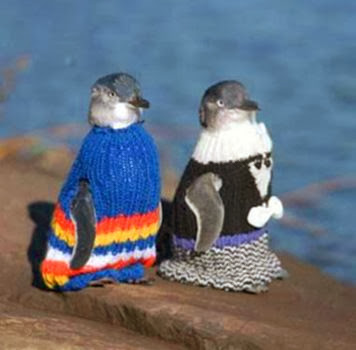I was reading Franklin Habit's February 26th post on his first foray into the art of tatting last Saturday morning when I remembered that I've been meaning to write about tatting for my own blog. This tatting post intention is actually of such long standing that I thought perhaps I already had written about tatting, but the search tool assures me I haven't.
Very well then. Tatting is about 200 years old, emerged as a way for women to make their own lace at a time when real lace was extremely expensive to purchase, and declined as commercially made lace became affordable. Georgia Seitz's amazingly thorough article on tatting in the 19th century will probably tell you all you want to know about tatting's history. There are three kinds of tatting: shuttle tatting, needle tatting (which is similar to shuttle tatting but looks slightly looser and thicker), and cro-tatting, which is a combination of crochet and tatting, employs a tatting needle with a crochet hook at the end, and is reportedly the hardest of the three to learn.
I first heard of tatting when I was little girl and my grandmother told me of it. She mused over the idea of teaching me but said she didn't know whether she "could learn me to tat or not." She wasn't sure she could remember how herself and she also didn't know whether she still had her tatting shuttle. So the tatting lessons never happened. The closest I got to tatting was when my mother complained bitterly of the "tats" in my very tangle-prone hair every morning before school. I instead learned the craft of English paper piecing from Grandma. Over the years I have often toyed with the idea of learning to tat in memory of my grandmother and because I always want to learn every craft going anyway. But whenever I've picked up a book on tatting I was put off by the fact that I had no use for any of the projects therein. I mean, that picture on the cover of the book above is one impressive piece of work, but what the hell would I do with it? The patterns in the books were always all about collars and lace trim, edgings for handkerchiefs and table linens, and doilies. And I don't particularly like lace. I do have tastes that are so retro they're anachronistic, but they run early to mid-twentieth century, and lace is Victorian. Unless you count knitted items that have lace patterning (I don't), I don't have a single lace-trimmed garment in my entire wardrobe unless you count my underthings (and no I don't make those). I use tissues, not handkerchiefs, and lace-trimmed table linens wouldn't suit my house, though I do dream of someday embroidering some. And who even uses doilies these days? My 75-year-old mother thinks they're hopelessly antiquated. But... my urge to learn to tat would not die. So when I researched this post I also tried to find justification for my acquisition of the skill. Surely someone somewhere was tatting things I would like to make.
I did searches and found the expected traditional collars, cuffs, lace-trimmed linens and handkerchiefs, then upon digging a little further some less traditional uses such as pasting pieces of tatting on cards for special anniversaries or using it artwork, seasonal decorations such as angels and baubles for the Christmas tree, which was more interesting but still wasn't the kind of stuff I'd want to make. These, which are by deviantArt user a asfina, are lovely, though.
I'm happy to say, I now have the excuse I wanted to learn to tat. The tatted jewelry I came across really got my attention. Deviant Art and Pinterest have loads of great examples of tatted jewelry. Necklaces and earrings and cuff bracelets are suitable for tatting, and there are even some fabulous masks for the goth/steampunk types. The necklace and earrings above are by deviantArt user asfina, whose blog is worth a look.
From asfina's blog. I wouldn't wear anything like this except on Halloween, but it's pretty awesome.
These earrings are by deviantArt user spinstermaiden.
This incredible necklace is all the reason I will ever need to learn to tat. It's from the blog Yarnplayer.
How fabulous is this one? I do a little beading, and I'll be learning to tat as an adjunct to that skill.
A tatted lace bookmark might make a good starter project. This one is the work of deviantArt user seandreea.





I'd say my first task is to pick out a tatting shuttle. I'm most drawn to shuttle tatting purely because I get to buy a lovely shuttle to work with. Shuttles are made from every possible material: wood, metal, bone, plastic. It's possible to buy antique shuttles, though when purchasing those you'll be competing with collectors who don't even know how to tat. The shuttles above are made from acrylic, brass, decoupaged, sterling silver, and carved wood. If your local craft stores don't have shuttles to your taste, try eBay or Etsy for an antique or hand-crafted shuttle. The decoupaged shuttles above are made by Etsy user La Cossette, and the acrylic and wooden shuttles by Grizzly Mountain Arts.
How does one learn to tat? YouTube has many instructional videos, such as the one above, which is first in a comprehensive series. There are plenty of other resources on the net, such as the British-based, international tatting organization Ring of Tatters, and Tatting Pattern Central, which has tutorials and tips for beginners as well as the patterns the name suggests. Do be prepared to be patient. Franklin Habit reports his first five-hour attempt at tatting resulted in a knot so small it would have disappeared up his nose if he'd inhaled deeply, and it's not like he's a stranger to crafting.












































